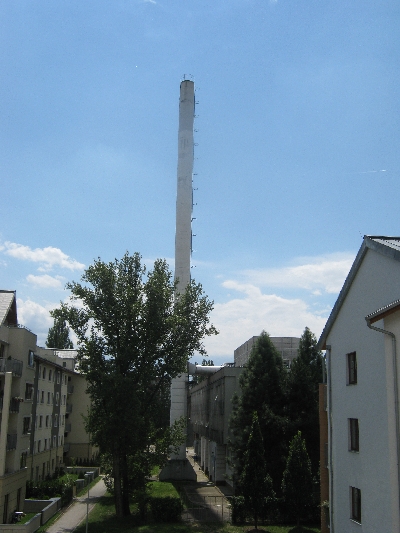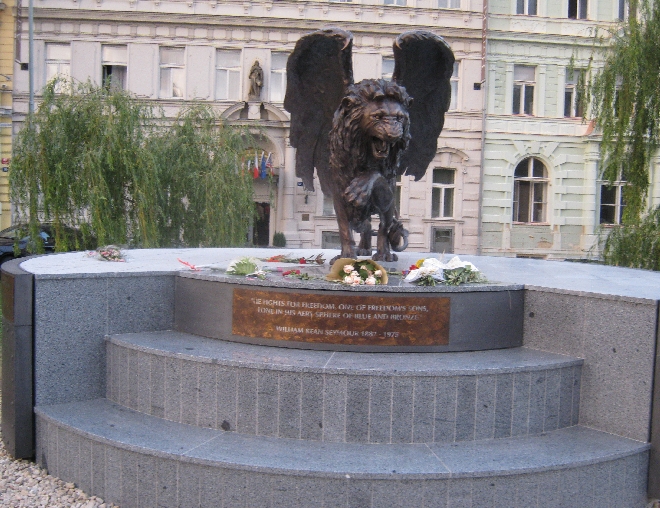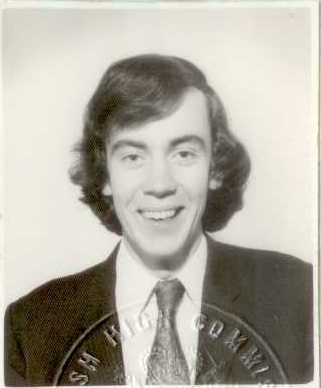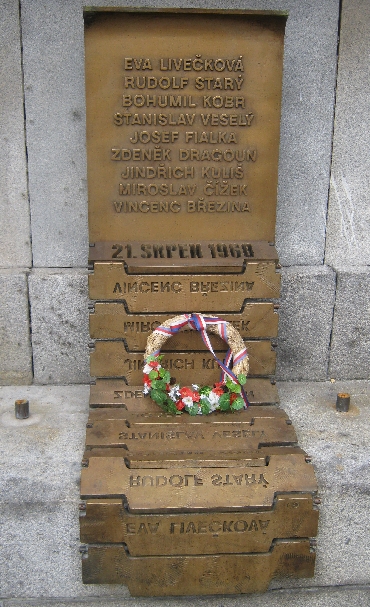
Visitors to the Chaplaincy Flat, when they look out from our main balcony, often ask exactly what is this industrial building, with its very tall chimney? The answer is that it’s a plant that produces hot water and heating for a large number of buildings in the immediate vicinity.
Judging by the utilitarian nature of it’s architecture, the plant clearly dates from the communist era. But it was obviously built with a far greater capacity than was necessary when first constructed. For now, the whole of ‘Rezidence Pobada’ is also supplied with heating and hot water from it. ‘Rezidence Pobada’, where the Chaplaincy Flat is situated, has been developed over the last ten years on the site of a former brewery.
Being supplied by this plant with heating in winter and hot water all year-round, means that we do not have a separate central heating boiler. Hot water is metered as it enters the plumbing system of the flat and the amount of energy we use for heating is likewise taken into account as part of the monthly service charge that the Church kindly pays on our behalf. An adjustment is made annually, dependent on meter readings.
All of this works extremely well, except for one week each year. During July every year, the plant is completely closed down for annual maintenance. Below is the notice telling us of the closure this year, which started yesterday and continues until next Monday.

Because this happens in July each year, the lack of heating is irrelevant. But what it does mean is a week of no hot water. Yesterday morning, despite the plant having already been closed down for a few hours, there was neither a problem with having a shave or shower, as the water in the system was still perfectly warm. But, this morning, it was a different story.
Boiling water in the hot water jug in the kitchen, then taking it into the bathroom & pouring it it washbasin so I can shave, is an irritation and a little time-consuming, but something I can live with. But having a cold shower, even when the ambient temperature is quite pleasantly warm, is not my favourite way to begin the day Brrrrrrrrrrrr! It is like an act of penitence and it isn’t even Lent!
However, it is a reminder that having ready access to hot water, whenever I want it, is yet another example of taking something completely for granted – until it suddenly isn’t available. Of course many people in this world have no ready access to hot water, all year long.
So it is cold showers in the morning for at least the next four days. Hopefully, as in one or two previous years, the maintenance crew will complete all their work in six days rather than seven. Rather like those waiting for white smoke to appear from the Vatican chimney, on Sunday evening, I too shall be looking for a similar sign coming from this slightly less significant chimney, indicating that my penance of nearly a week of cold showers, is finally over.
PS I haven’t forgotten that I still have the other six questions about my Liebster Bloggers Award to answer.










